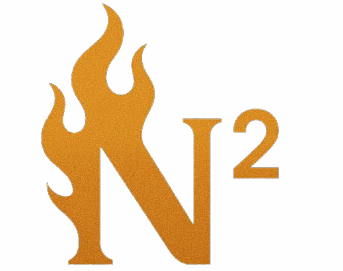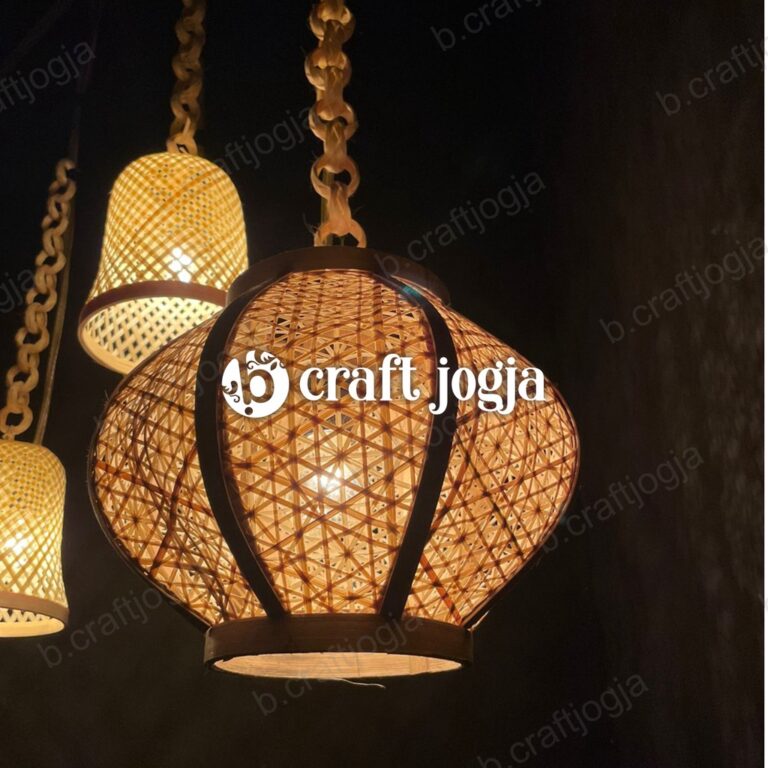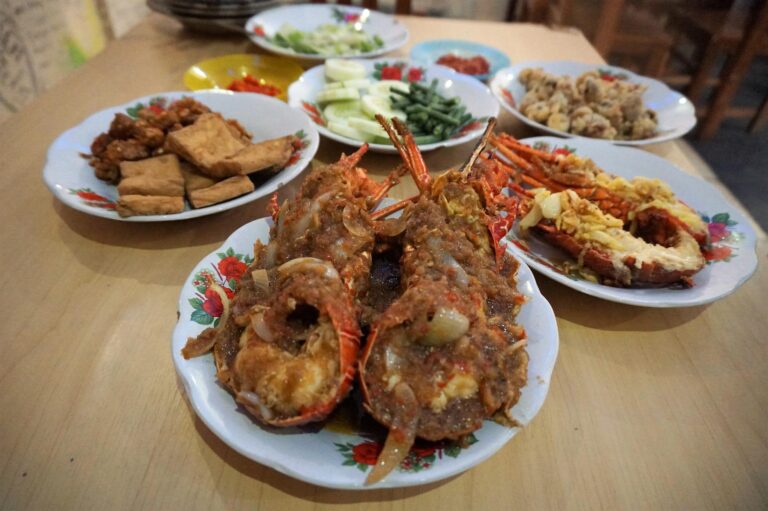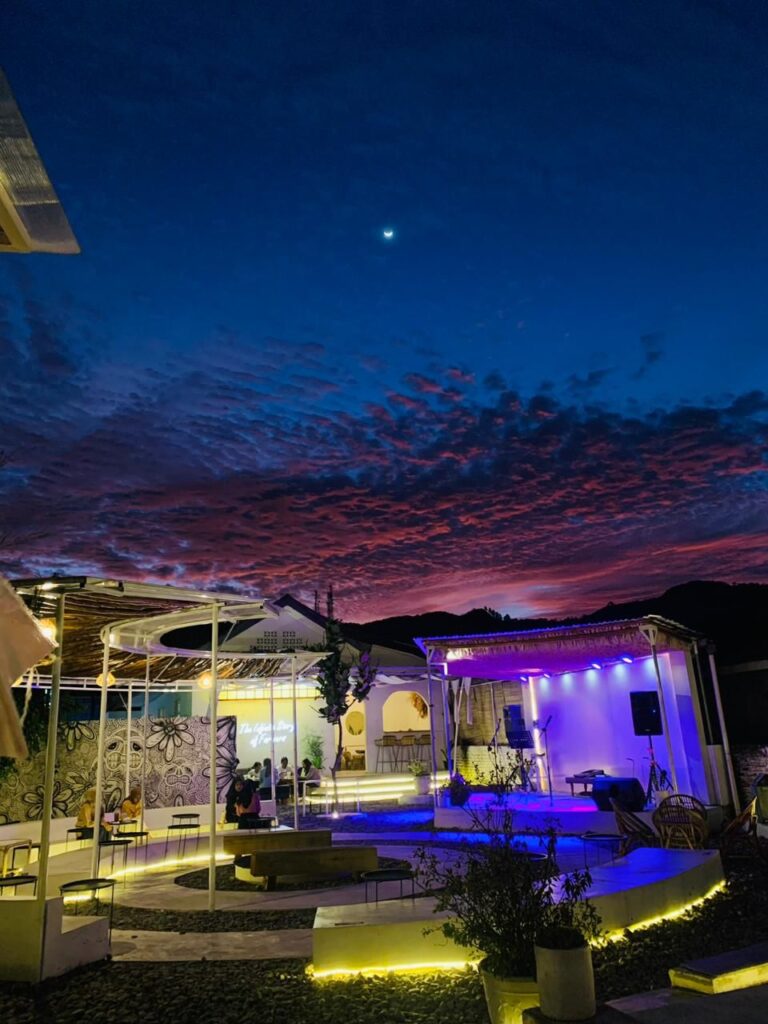Gong Buleuh: An Iconic Souvenir from Sungai Penuh Rich in Cultural Meaning
Sungai Penuh, a cultural gem in the heart of Jambi, draws both local and international tourists. This city is known not only for its natural beauty and historical sites but also for its rich cultural heritage. One of the most beloved cultural symbols is the Gong Buleuh (Bamboo Gong). More than just a souvenir, Gong Buleuh represents tradition, spirituality, and the cultural soul of Sungai Penuh.
The Origins of Gong Buleuh
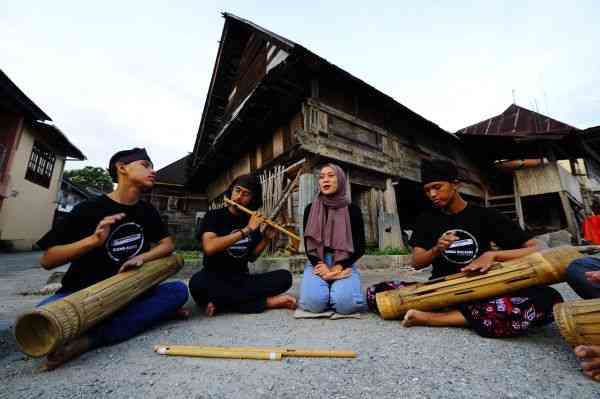
The Gong Buleuh began as a traditional musical instrument used in bencak silat performances and traditional dances. For centuries, locals played it during ceremonies and community events. Today, artisans in Sungai Penuh continue this tradition. They also create miniature versions for tourists who want to take home a piece of local heritage.
Why Gong Buleuh Makes a Unique Souvenir
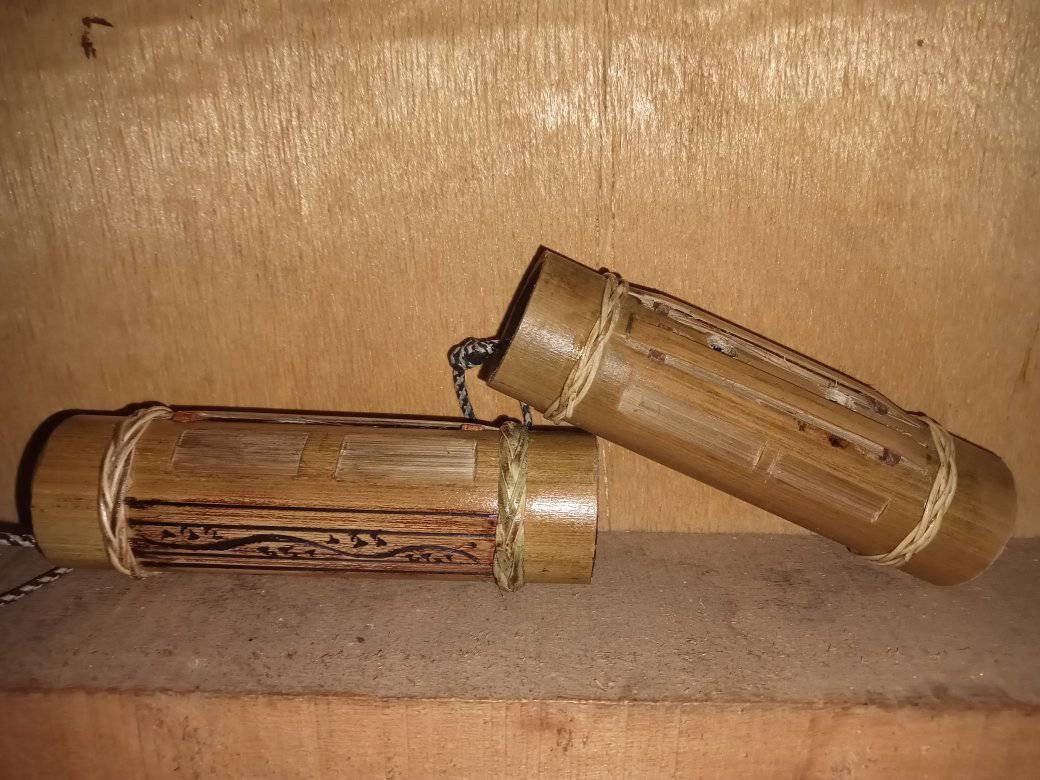
-
Deep Cultural Representation
Gong Buleuh reflects the life philosophy of the people of Sungai Penuh and Kerinci. When you bring one home, you don’t just buy a product, you carry a story, a set of values, and a living tradition. -
Handcrafted Art with High Value
Skilled artisans carefully select and dry bamboo before crafting it into a Gong Buleuh. Each piece is shaped to create a resonant sound, similar to that of a traditional gong. Some pieces even feature delicate carvings, making them visually striking. -
A Rare and Authentic Craft
While most souvenirs are mass-produced, Gong Buleuh stands out. Each item is handmade, preserving traditional techniques. This makes it rare and special. -
Customizable and Personal
Some artisans offer custom designs. Visitors can request names or personal symbols, turning each Gong Buleuh into a meaningful and personal gift.
How Artisans Make the Gong Buleuh

Creating a Gong Buleuh takes time, patience, and expertise. The process includes several detailed steps:
-
Selecting the Bamboo
Artisans choose strong, mature bamboo. They soak and dry it to enhance durability. Some also use high-quality buffalo or cowhide for better sound. -
Shaping and Carving
Once ready, artisans use chisels and knives to carve patterns and shape the gong. This stage requires precision to achieve the right tone and echo. -
Final Touches
Finally, they smooth out the surface and inspect the gong. If needed, they refine or repair it to ensure top quality.
Tourists can choose from several souvenir types:
-
Miniature Gong: Small and ideal as keychains.
-
Full Miniature Set: Packaged in glass with a small ceremonial sword, great as a display piece.
The Deeper Meaning Behind Gong Buleuh
More than its beauty, the Gong Buleuh holds cultural and philosophical meaning. It resonates with personal values, making it more than just decoration. Tourists often choose a piece that aligns with their character or beliefs.
Gong Buleuh in Tourism and Education
Gong Buleuh also plays a role in cultural education. Many tour packages include live demonstrations and workshops. These activities allow tourists to engage with local traditions and gain hands-on experience.
Economic Opportunities
Gong Buleuh has strong economic potential. To improve its value, local stakeholders are taking steps such as:
-
Selling Online: Promoting through social media and online platforms.
-
Modern Packaging: Combining contemporary design with traditional elements.
Challenges to Preservation
Despite its value, Gong Buleuh faces several challenges:
-
Lack of Young Artisans: Many young people see this craft as financially uncertain.
-
Competition from Modern Goods: Factory-made items are often cheaper and more appealing visually.
-
Declining Interest: Not all youth appreciate or understand traditional arts.
Therefore, the government, art communities, and tourism sector must collaborate to preserve and promote this heritage.
Conclusion
Gong Buleuh is more than a souvenir. It opens a window into the beliefs, traditions, and lifestyle of Sungai Penuh’s people. From its careful crafting to its cultural meaning, Gong Buleuh is a heritage worth preserving.
By supporting local artisans, educating the public, and innovating in promotion and packaging, Gong Buleuh can become a national icon, one that’s not only beautiful but also economically sustainable and culturally significant.
